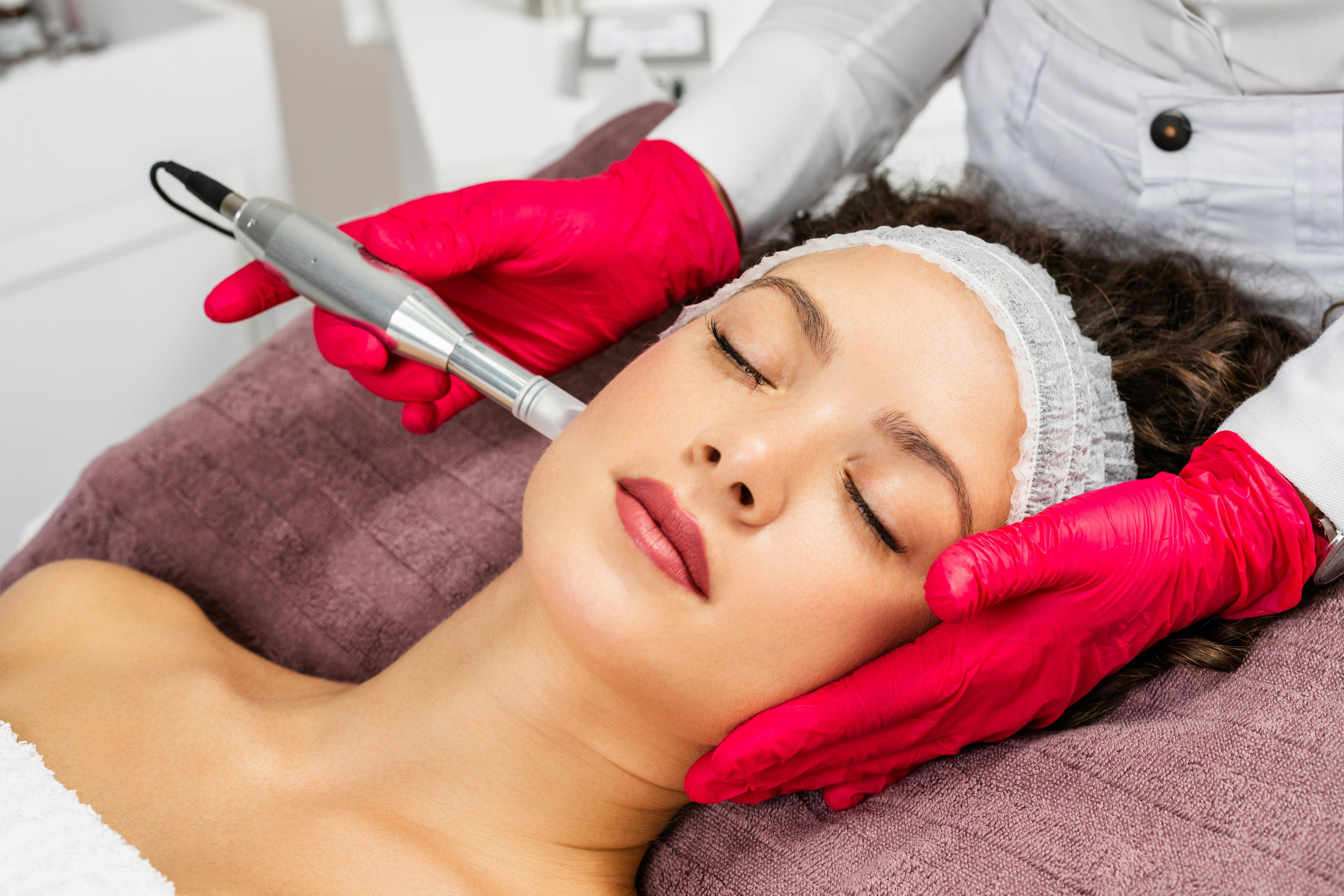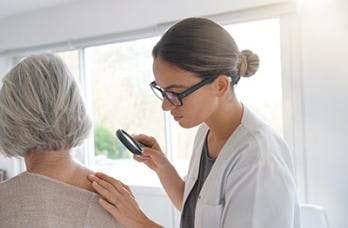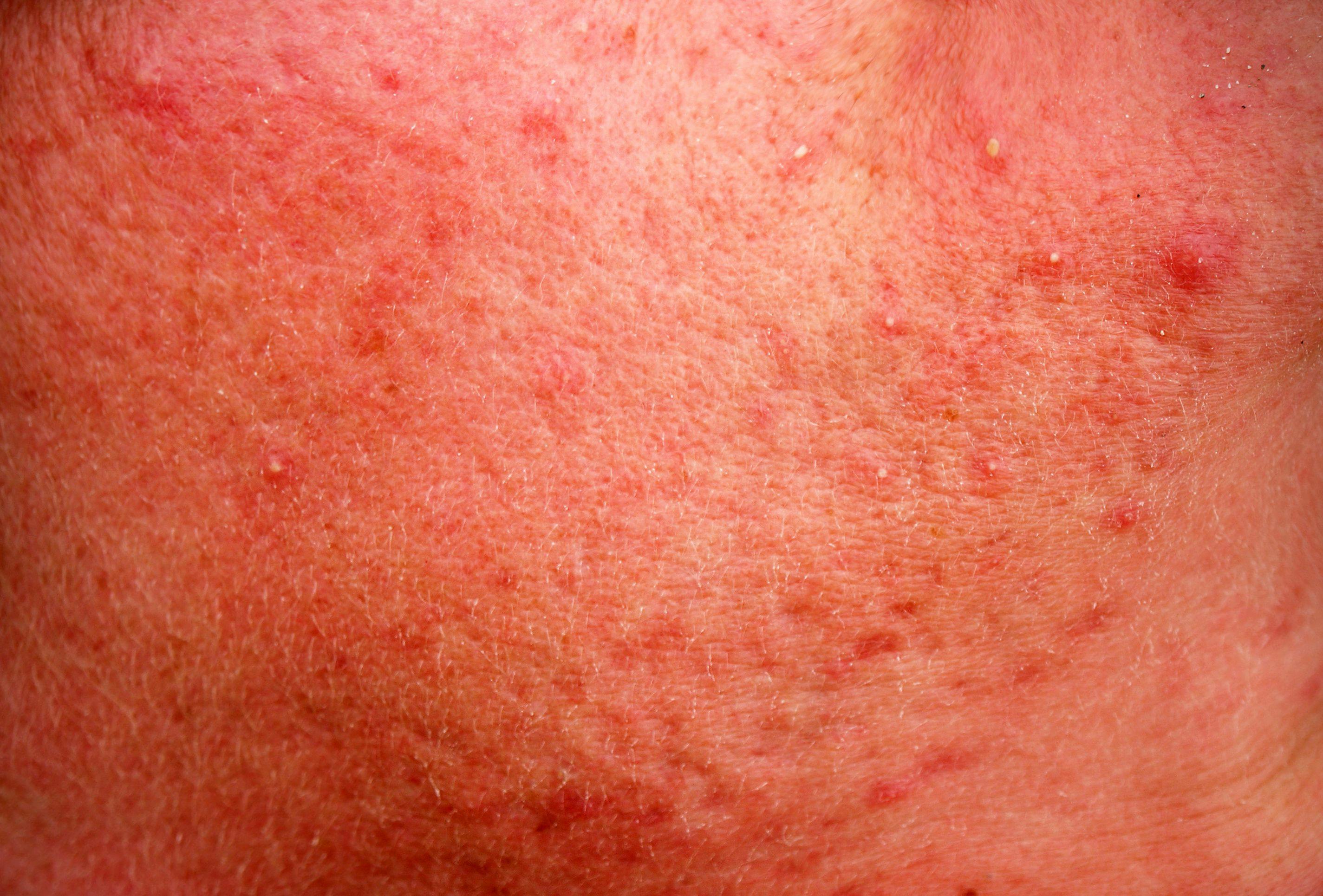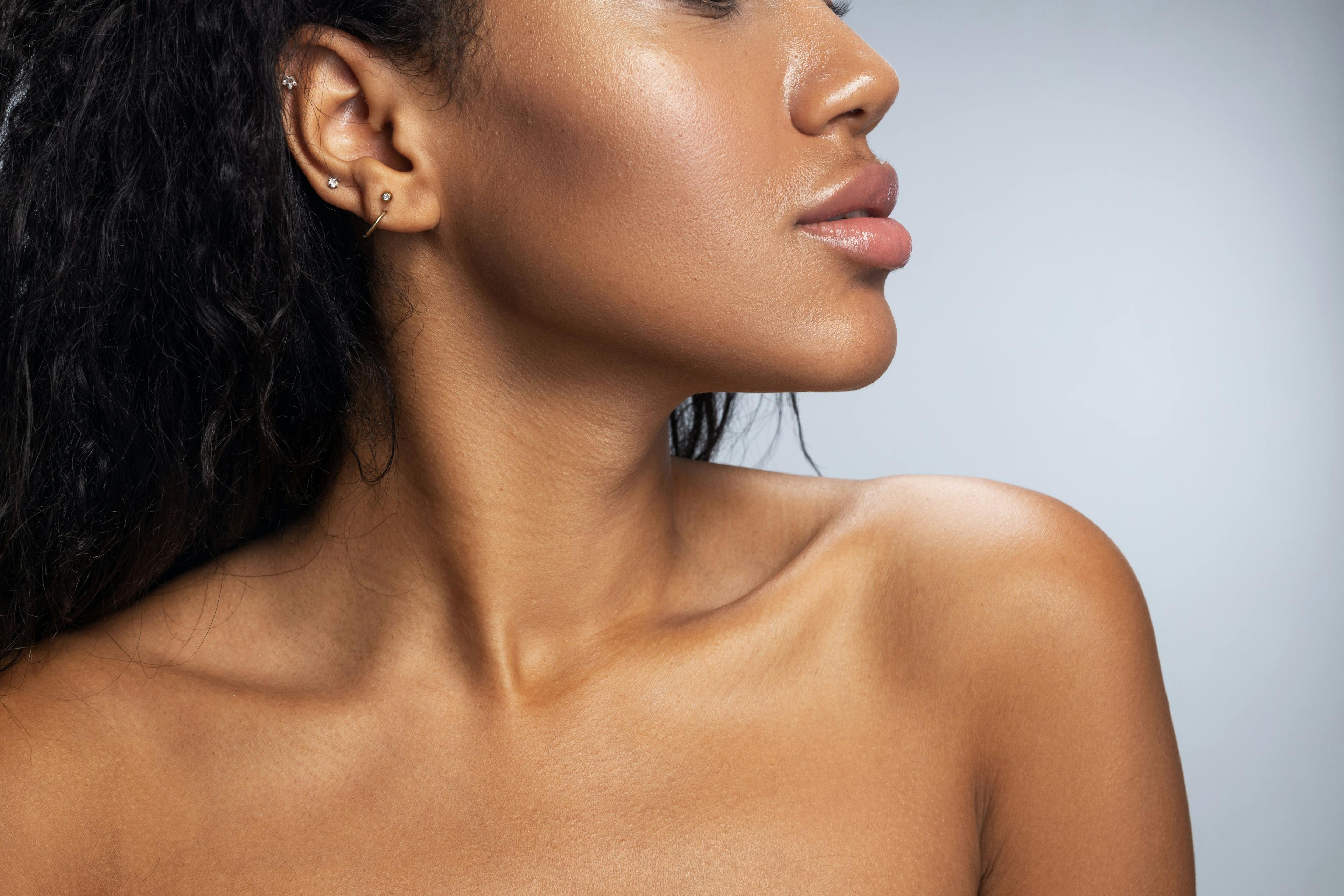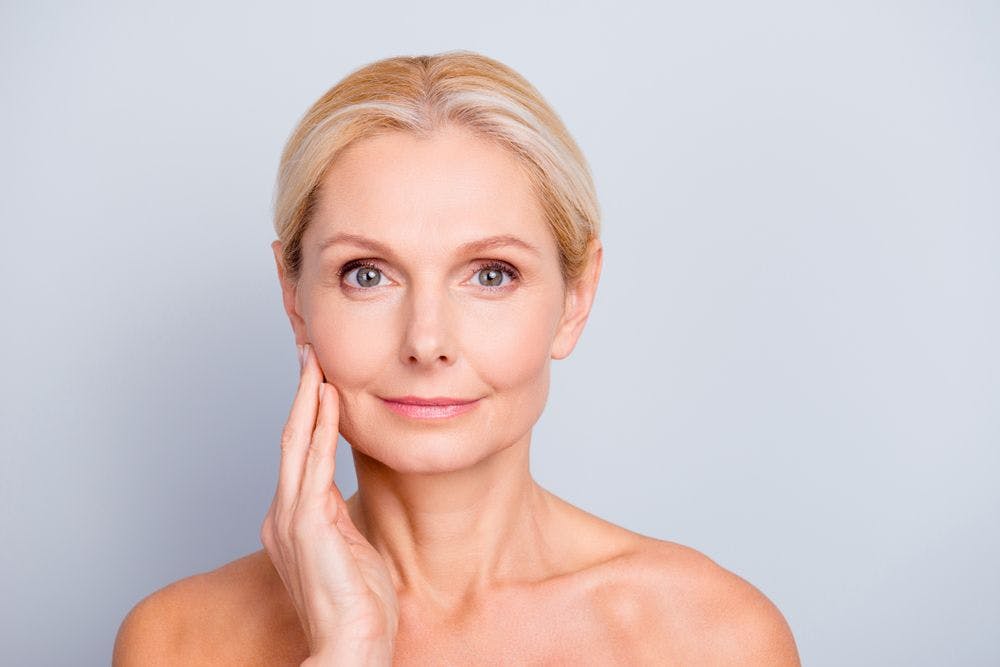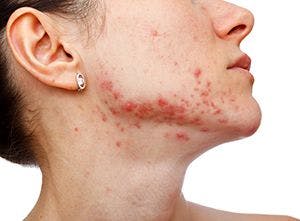- Acne
- Actinic Keratosis
- Aesthetics
- Alopecia
- Atopic Dermatitis
- Buy-and-Bill
- COVID-19
- Case-Based Roundtable
- Chronic Hand Eczema
- Chronic Spontaneous Urticaria
- Drug Watch
- Eczema
- General Dermatology
- Hidradenitis Suppurativa
- Melasma
- NP and PA
- Pediatric Dermatology
- Pigmentary Disorders
- Practice Management
- Precision Medicine and Biologics
- Prurigo Nodularis
- Psoriasis
- Psoriatic Arthritis
- Rare Disease
- Rosacea
- Skin Cancer
- Vitiligo
- Wound Care
Publication
Article
Dermatology Times
‘Clean’ skincare a growing trend
Author(s):
"Clean" skincare has become a popular trend. A preference for products without certain ingredients is fine if the products make patients feel better without making their skin worse, one expert says.
Skincare plays an increasingly important role as an adjunct to prescription treatments for acne and rosacea, says an expert. And more than ever, she adds, consumers are demanding “clean” skincare products and regimens.
“Clean skincare has become a very popular topic for patients. They want natural, cleaner alternatives,” says Diane S. Berson, M.D. She is an associate professor of dermatology at Weill Medical College of Cornell University and an assistant attending dermatologist at NewYork-Presbyterian Hospital.
A growing population of patients prefers products without parabens, formaldehyde, propylene glycol, sulfates, phthalates and fragrances.
“Some patients feel that these ingredients can be toxic endocrine disruptors, or that they might be carcinogenic or environmental hazards,” she says.
These patients look for sustainable products such as plant-based essential and botanical oils, she adds.
Accordingly, the market for clean skincare has grown exponentially in recent years.
“It’s a billion-dollar industry that now encompasses about 25% of skincare sales,” she says.
Depending on the brand, Dr. Berson says she has no problem with patients using “clean” alternatives if these products make patients feel better without making their skin worse.
“But the FDA has not defined this category, and some patients can develop allergies, sensitivities and photosensitive reactions to botanical products,” she says.
With that in mind, she says, effective skincare can help to mend the compromised barrier of acne and rosacea, as well as reducing inflammation, camouflaging lesions, addressing microbiome imbalances and, hopefully, minimizing the appearance of oiliness and pores.
Cleansers
“The purpose of cleansing is to emulsify and solubilize dirt, sebum and irritants,” she says.
While surfactants can damage the stratum corneum, moisturizing synthetic detergent cleansers contain milder synthetic surfactants and impart emollient lipids. Popular acne cleansing ingredients include benzoyl peroxide, salicylic acid and hypochlorous acid.
“Patients with acne and rosacea should avoid harsh scrubs and alcohol-based products,” Dr. Berson adds. “Gentle cleansing will help restore the barrier and enhance the microbiome.”
Moisturizers
Moisturizers should not only help repair the epidermal barrier, but also improve tolerability of prescription topicals without compromising their efficacy. Patients with acne should use noncomedogenic moisturizers, she says.
“Ingredients to look for include emollient lipids such as ceramides, humectants such as glycerin and hyaluronic acid, and anti-inflammatories such as antioxidants, niacinamide, flavonoids and botanicals, which will help decrease inflammation and irritation,” she says.
Additional ingredients commonly found in drugstore and private-label moisturizers include hyaluronic acid, niacinamide, thermal spring waters and botanical extracts intended to decrease inflammation.
Sunscreens and makeup
“All patients with acne and rosacea should be using sunscreen,” she says.
Sunlight exacerbates rosacea, and oral doxycycline may increase photosensitivity. Some topical medications can cause irritation when first used, Dr. Berson says.
New sunscreen ingredients include phytolases, which are liposome-encapsulated DNA repair enzymes that address thymidine dimers and affect telomere shortening. Newer sunscreen delivery systems that can help patients with acne and rosacea include sticks, sprays and gels.
“These are all nongreasy,” she says. “And males, who have more sebaceous or oily skin, tend to like these because they don’t clog pores.”
For women, Dr. Berson says, sunscreen powders and compacts with tinted formulas can help camouflage acne. Most mineral sunscreens consist of micronized silica, which deflects light, decreasing the appearance of pores and fine lines and camouflaging redness, she says.
“As far as cosmetics, mineral makeup is the way to go if you want to reduce the appearance of oil and pores and camouflage acne.”
The inorganic compounds titanium dioxide and zinc oxide can provide both camouflage and sun protection. Dimethicone cross-polymers not only hydrate and lubricate skin, she says, but also provide mattifying effects. Talc microspheres absorb oil.
“Green tint underneath makeup is helpful to camouflage redness,” Dr. Berson adds.
DISCLOSURES:
Dr. Berson has been an investigator, advisor or consultant for Aclaris, Allergan, Allmirall, Cassiopea, CLN, Crown, Evolus, Ferndale, L’Oreal, Ortho Dermatologics, Procter & Gamble, Revance, RegimenPro and Sonoma.
REFERENCE:
Diane S Berson MD. “The Future of Acne and Rosacea Skincare.” Presented at the American Academy of Dermatology VMX. June 12, 2020.
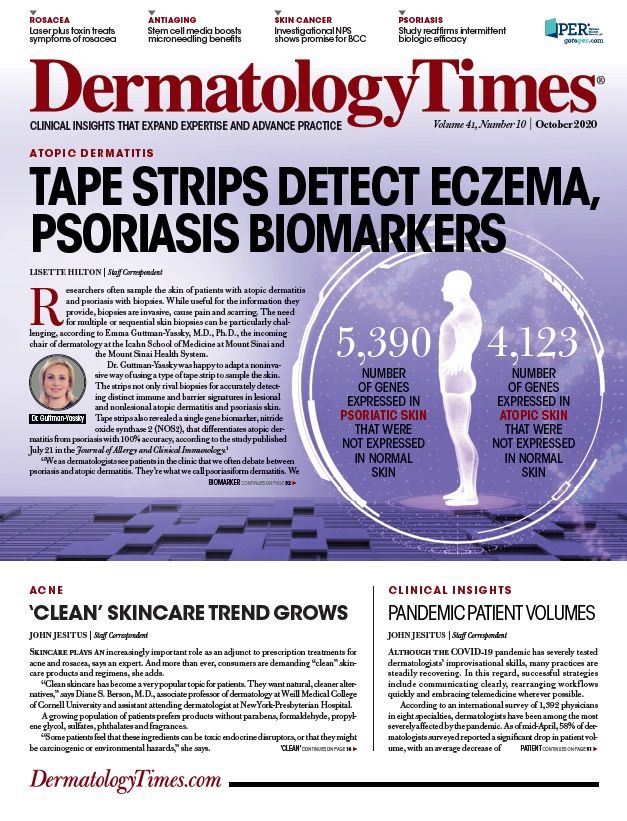
Newsletter
Like what you’re reading? Subscribe to Dermatology Times for weekly updates on therapies, innovations, and real-world practice tips.

